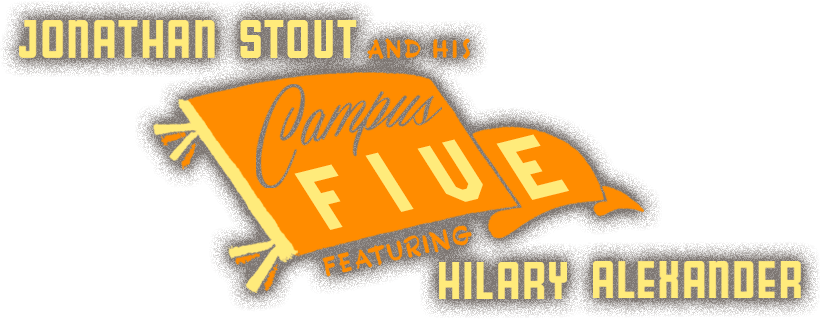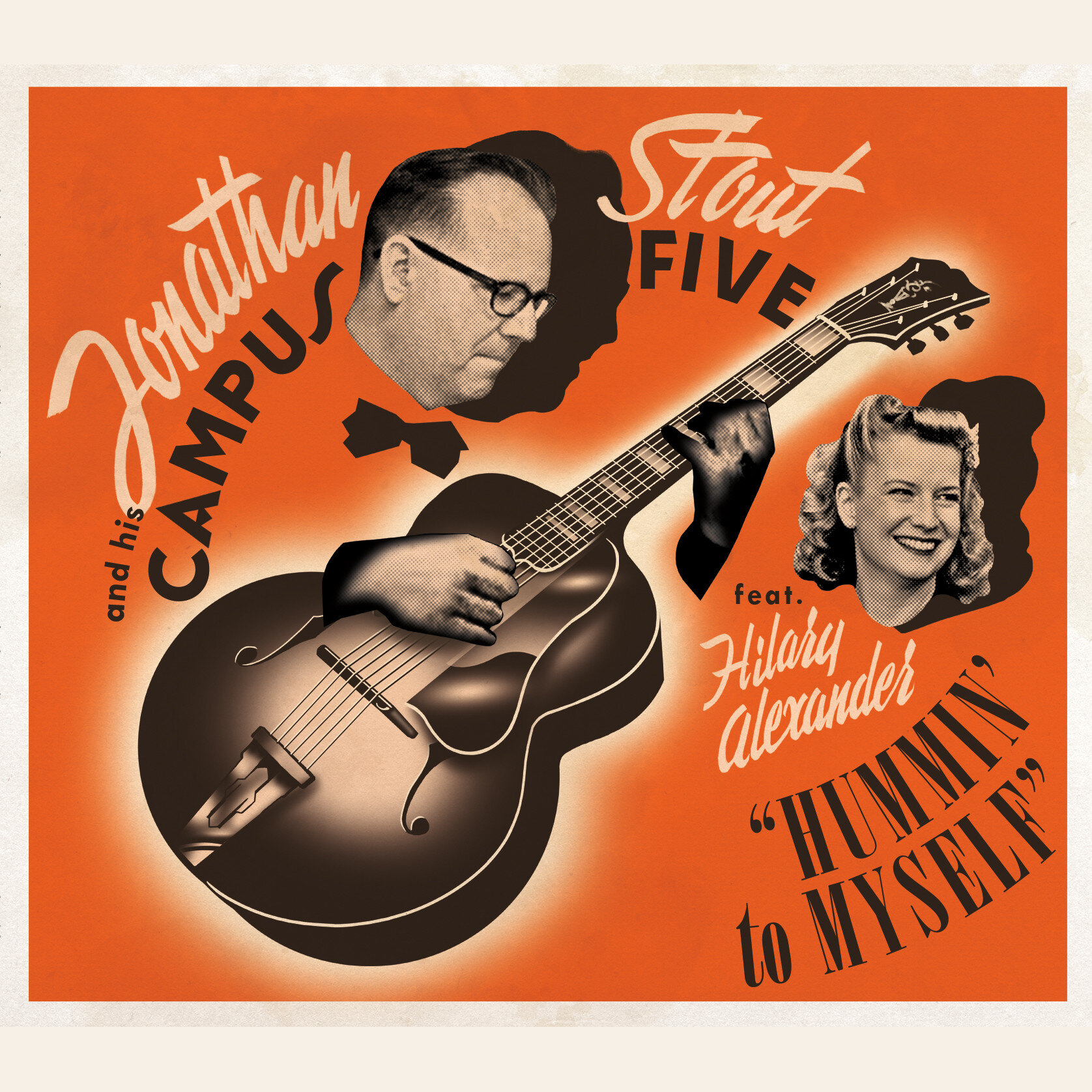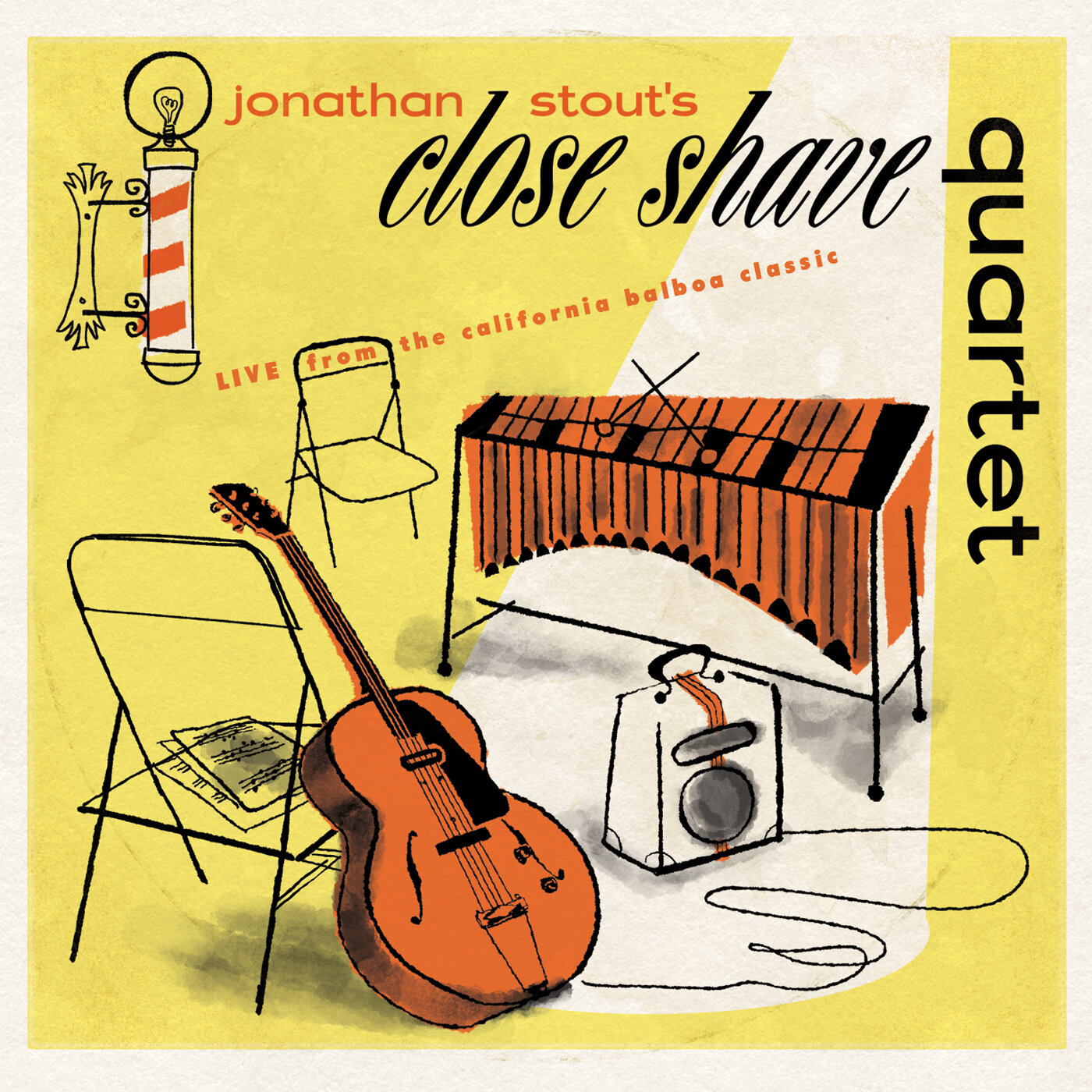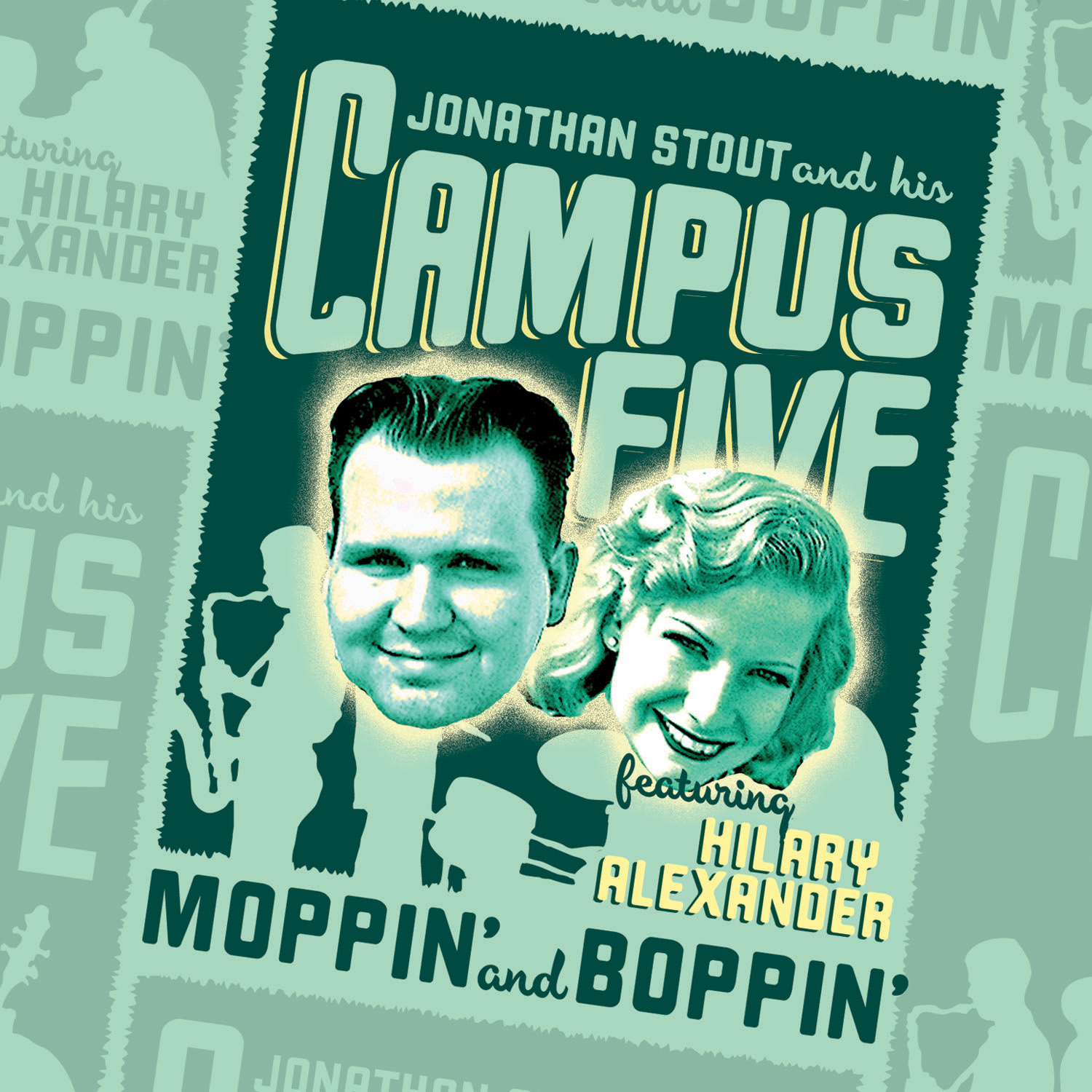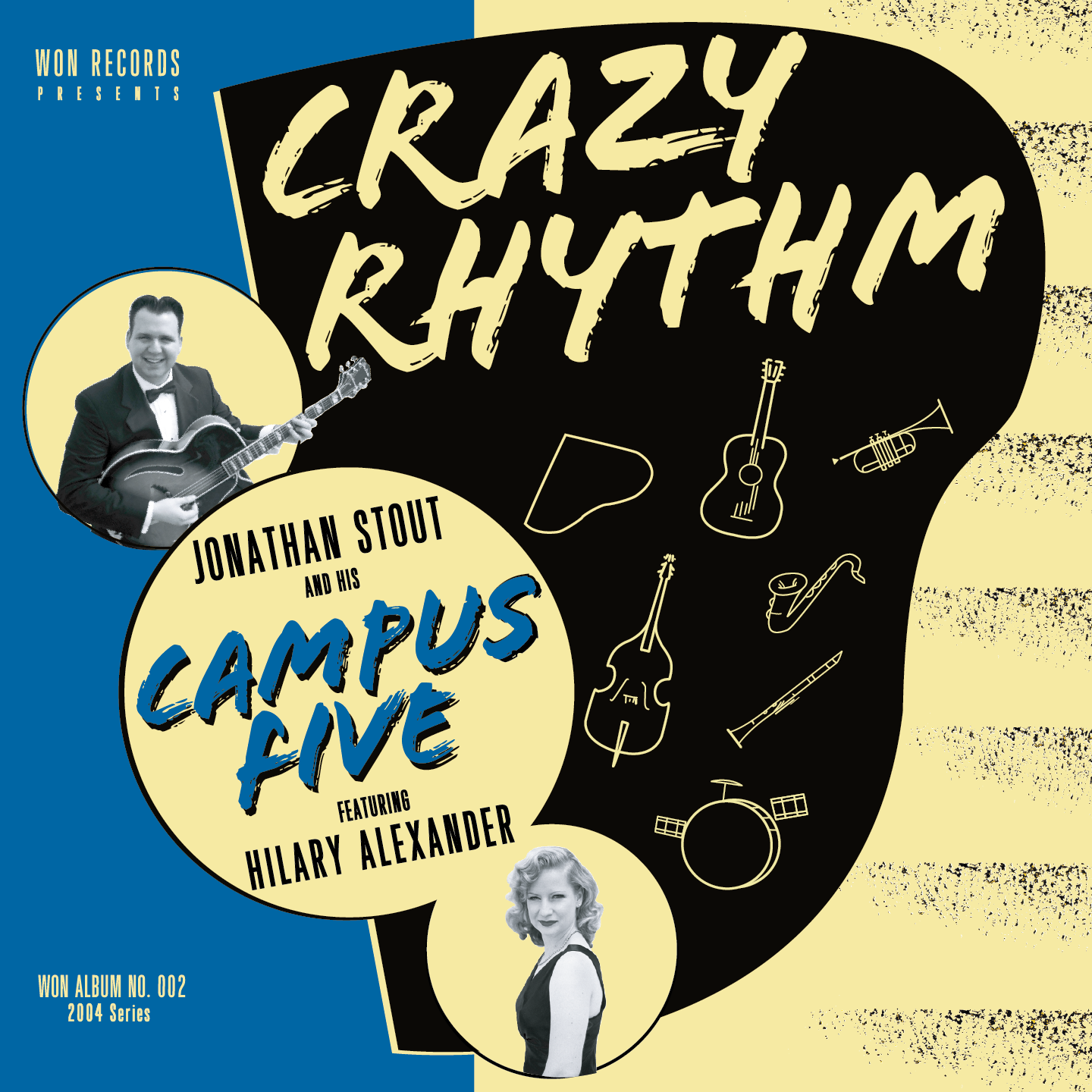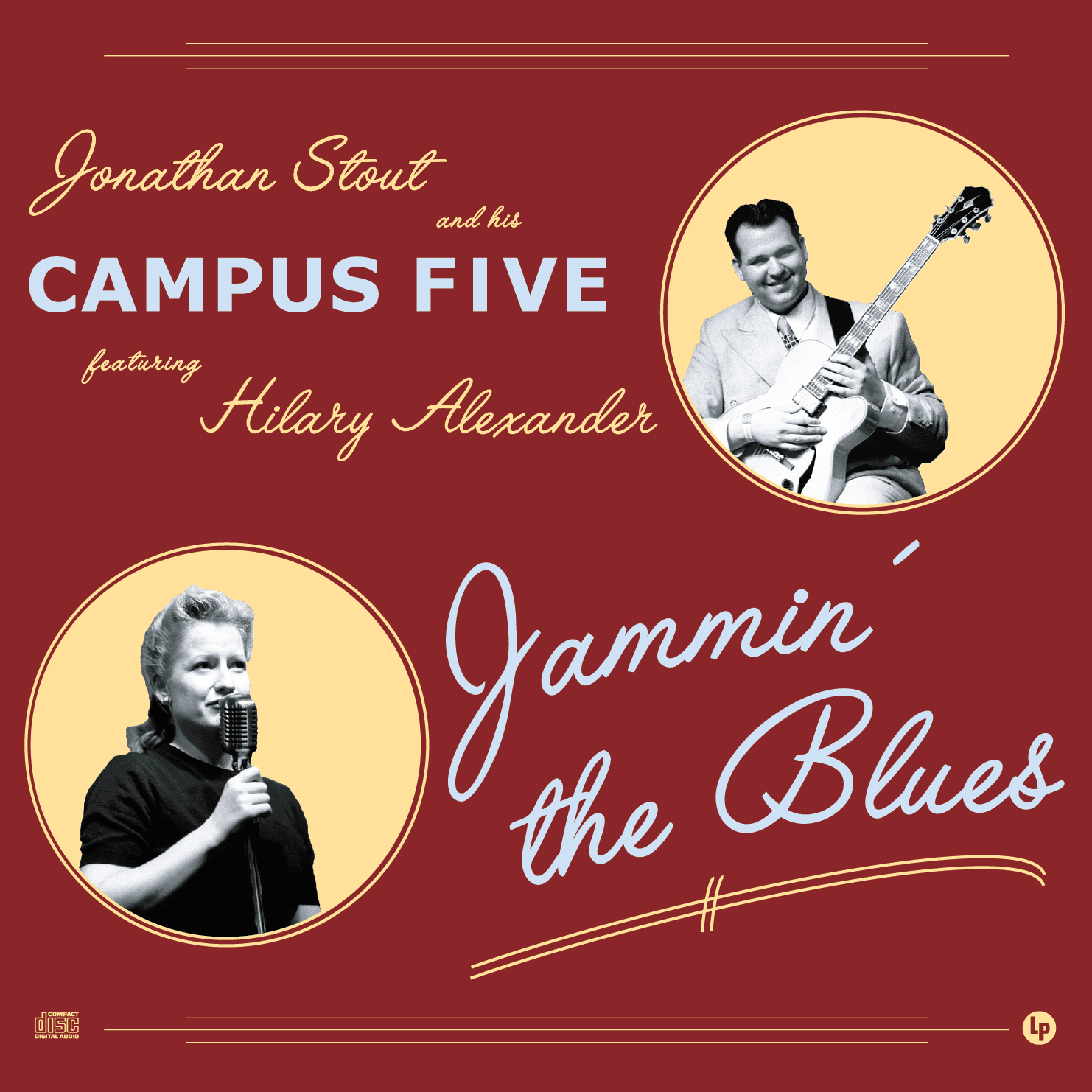Swing Time-Feel
/Here's a long overdue overview of the most important parts of swing-era rhythm guitar: Time-Feel
(way, way more important than all those cool chords!)
Before you figure out what you're supposed to sound like when playing Swing music, it's a good idea to understand what Swing music itself sounds like, especially because most musicians on earth play it with just the same feel as most other post-swing jazz. I've described the difference between Swing and later, straight-ahead jazz many times, but I think I've found some dead-on audio clips to demo the difference.
A. Swing
Swing, meaning the jazz of the Swing-era, is all about a thumping, pumping four-beat. "Chunk-chunk-chunk-chunk." It's the sound of a round, fat bass drum, of gut string bass, or rhythm guitar.
Benny Goodman - St. Louis Blues (excerpt) by campusfive
This is the section where it's basically just Benny wailing over that solid pulse. The rhythm section, Allan Reuss, Gene Krupa, Harry Goodman and Jess Stacy are all focused on the solid four. By the 2nd or 3rd bar, you can actually hear Allan Reuss pretty well. Just listen - straight four. There's not even the "chick" of the hi-hats closing on beats 2 and 4.
(as an totally non-scientific testament to this thump - the Windows Media Visualizer was totally pumping each quarter note, despite all of the other aural activity in the song; awesome)
 Kay Starr - Sunday (excerpt) by campusfive
Kay Starr - Sunday (excerpt) by campusfive
This example is from practically the end of the Swing-era, but the cats on the session were solidly in the "swing" and not "bop" camp - Allan Reuss, Zutty Singleton, Barney Bigard, Red Callendar. This is a little more laid back than Goodman, but still foused on that thump-thump-thump-thump. I prefer my music to have be more driving, like Goodman, but this is definitely Swing.
B. STRAIGHT AHEAD JAZZ
This is NOT Swing. It just isn't. It's "straight-ahead jazz." That term has been applied a bit inconsistently through time, but it's most used meaning is that of post-Parker, bebop-influenced (if not overtly bebop-y), swung-8th note, mainstream jazz. Basically anything after swing, that isn't fusion, smooth jazz, or completely avant garde would count. So, Bebop, Cool Jazz, Modal Jazz, Hard Bop all fit under the "straight-ahead" umbrella.
In contrast to Swing music, the pulse is way less defined and the bass notes blur into each other. "Doo-doo-doo-doo." The washy ride cymbal obscures some of the definition of each "ding." There is no rhythm guitar chunking away to define the beat. Lastly, the only thing that clearly defines the beat is the "chick" of the hi-hat on beats 2 and 4.
Frankly, modern musicians think hammering the beat clearly was square - but it's what makes Swing sound like Swing.
 Oscar Peterson - Moten Swing (excerpt) by campusfive
Oscar Peterson - Moten Swing (excerpt) by campusfive
Here on this trio recording, these guys are the quintessence of post-swing grooving. Bassist Ray Brown was certainly able to at times chunk it out, the sound on this track is the template for all straight-ahead jazz. Notice how each of Ray's notes blurs into the next one; notice how he mixes in 8th notes. Both obscure the punch of each downbeat. Also, listen to Ed Thigpen's ride cymbal - how it rings into the space between each "ding." There's also definitely not any bass drum audible (although he was probably playing it - what they boppers call "feathering"). Each and every one of these things tends to obscure that "chunk". And notice how far the beat lays back. It's a lot harded to lay back with a solid beat.
